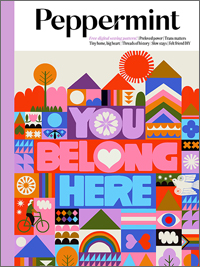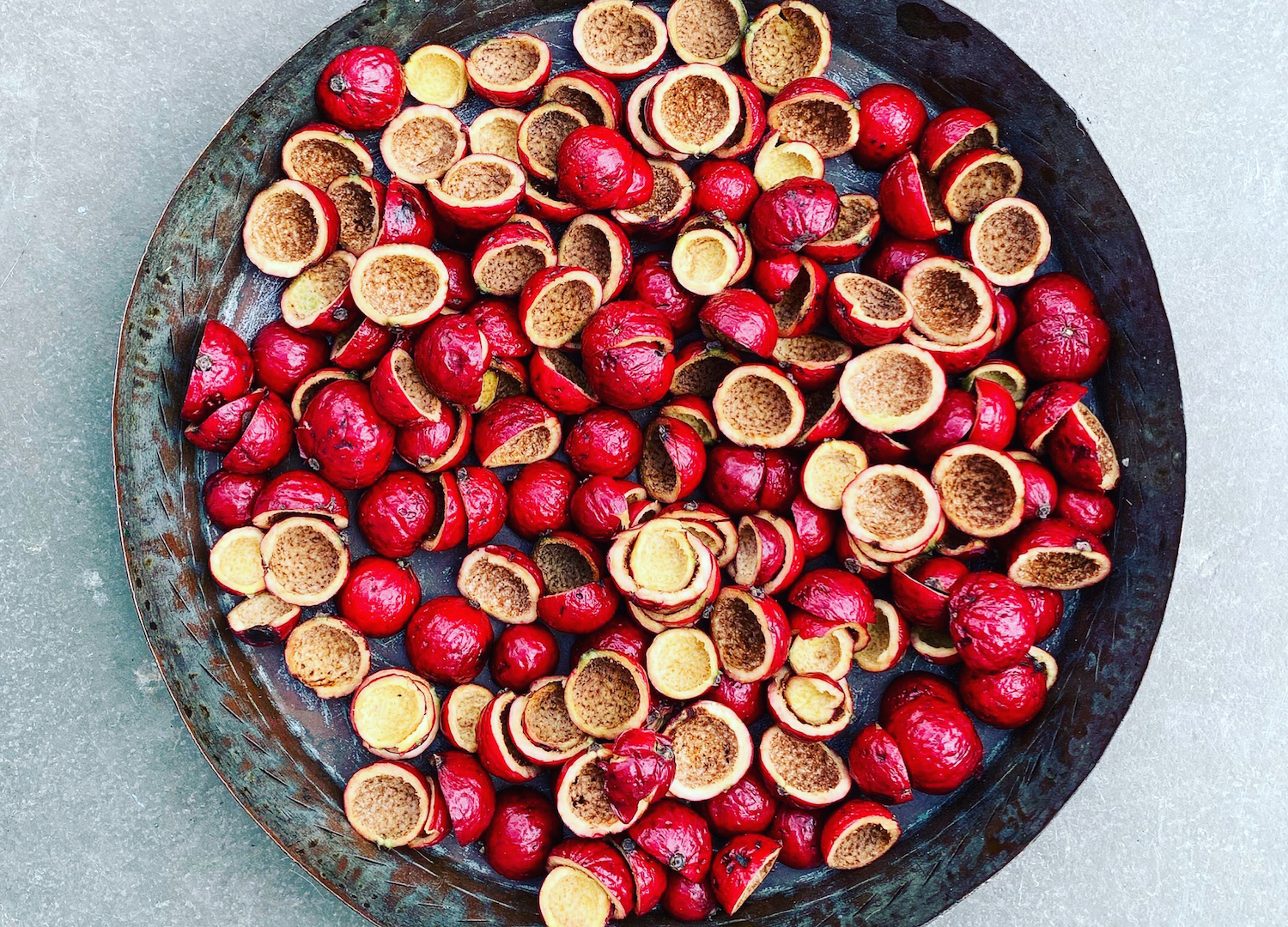
Bring Some Truly Local Food To Your Table This Christmas
The local food movement has grown in spades over the past decade. Now more than ever we as consumers are educated and prepared to vote with our fork.
But what does it really mean to eat locally? Perceptions of what makes up “local food” differ from place to place and person to person. Most would agree that eating locally means minimising the distance between production and consumption (farm to plate), so why don’t we eat more of the foods that grow in our very big backyard? The ones that have been here for millennia. The ones that nourished our Indigenous peoples. The ones that are truly local.
If Australian native foods are new to your repertoire, there’s no better time to start using them than your Christmas feast. These are my top tips for adding some more of our amazing native foods to your table this Christmas and hopefully your pantry for life.
………………….
words and images REBECCA SULLIVAN
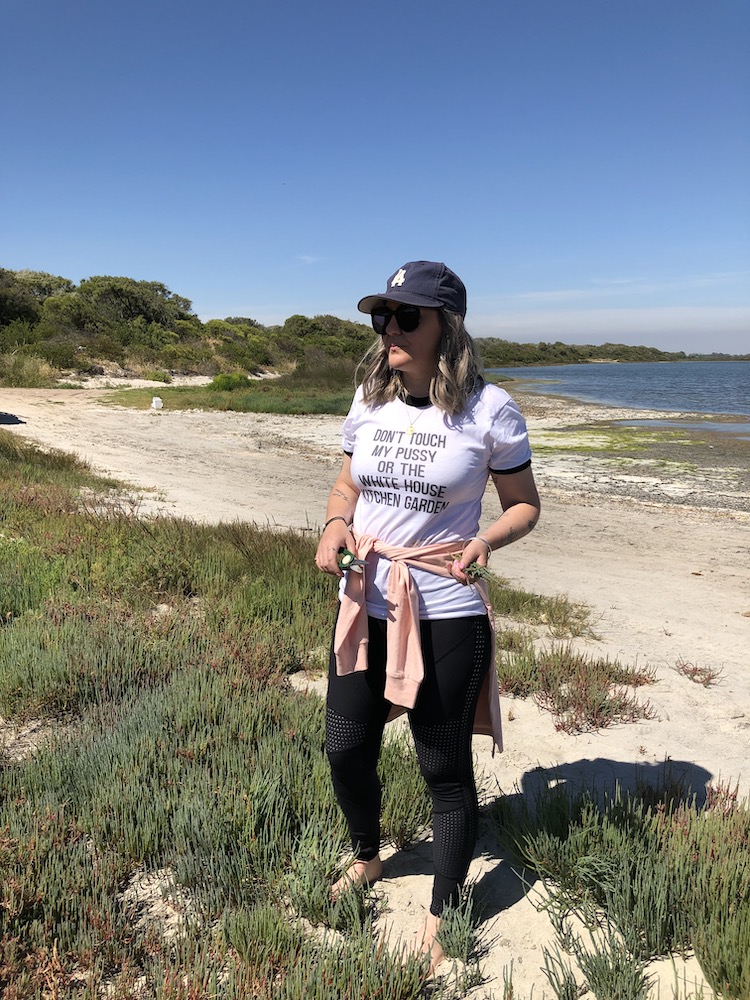
First Things First
The absolute easiest place to begin adding native Australian foods to your plate is in your pepper grinder. Grab yourself some native pepper berries and use them the same way you’d use black pepper. Our stunning Tasmanian Native Pepper (Tasmannia Lanceolata) packs an almighty punch with a tiny bit of blackberry on the palate. It also lingers for a long time and is jam packed with antioxidants.
Drinks
Whether you’re off the wagon or on it, drinks are an easy way to incorporate Australian natives. Garnishes galore live in our backyard. Even the addition of a simple lemon myrtle leaf, or three, makes such a difference. Try freeze dried finger, desert or blood limes, Davidson plums, or an array of berries, from riberries to native currants.
Another idea is to make a non-alcoholic drink like a shrub (a vinegar health drink). Check out the recipes below! You can easily take the base of these and experiment with any fruit you like. Let it ferment then when it’s ready to drink, simply dilute a shot with soda water and extra sweetener should you need it.
Wild Shrub Recipes
Lilly Pilly and Rose Shrub
Ingredients
250g lilly pilly
270ml apple cider vinegar
4 tablespoons maple syrup or raw honey
1 tablespoon rose petals (dried)
Method
Place the ingredients into a sterilised jar, making sure you have enough vinegar to cover the fruit. Dissolve the syrup by stirring. Place the lid on, shake and store in a dry, cool place out of direct sunlight for at least a month. Shake every other day.
Native Cherry and Hibiscus Shrub
Ingredients
250g native cherries
270ml apple cider vinegar
4 hibiscus flowers
4 tablespoons of maple syrup or raw honey
1 teaspoon ground cinnamon myrtle
4-5 cloves
cinnamon stick, crushed
Method
Place the ingredients into a sterilised jar, making sure you have enough vinegar to cover the fruit. Dissolve the syrup by stirring. Place the lid on, shake and store in a dry, cool place out of direct sunlight for at least a month. Shake every other day.
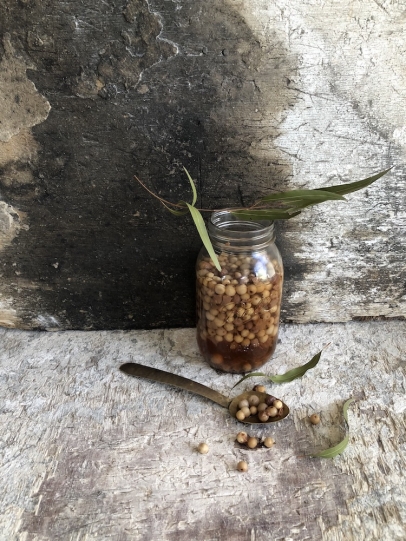

The Meat
There are plenty of ways to use native Australian ingredients when preparing your meat on Christmas Day. Here are a few of our favourites:
- Whether you’ve noticed it or not, you’ll have probably driven past paddocks lined with saltbush in your lifetime. Well, the old man saltbush is perfect for roast lamb – the same way you might stuff with garlic and anchovies, try garlic and saltbush instead.
- Try sticking some lemon myrtle leaves and native lemongrass with lashings of butter under the skin of your chook.
- Cook your ham in a pot with orange juice, cinnamon myrtle, anise myrtle and some native pepper berries.
- Garnish your fresh oysters with a simple squeeze of fresh finger lime and some sprigs of sea blite or samphire.
- All of your fish and seafood dishes should make friends with the obvious native limes BUT they’ll be best mates with Geraldton wax. The leaves have a super fresh piney citrus kick and the flowers make a wonderful edible garnish for all of your deserts too.
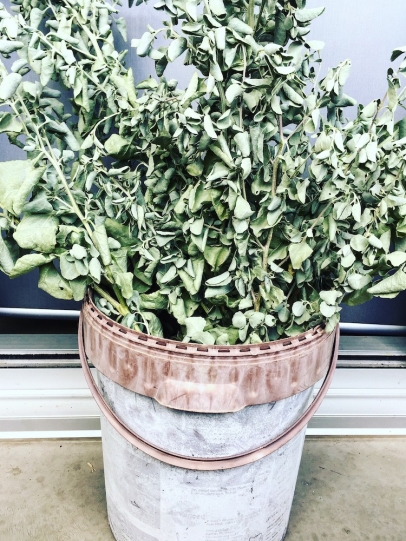
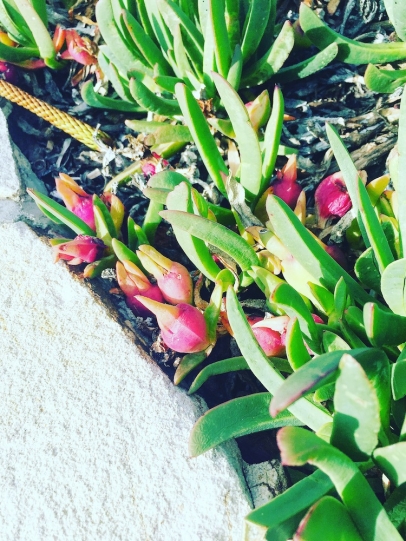
Herbs And Greens
When it comes to herbs and greens there are plenty of easy peasy native substitutes. Where you want mint, try round, cut leaf, river or slender mint. As for thyme, try any of the many native varieties. Parsley has its Australian alternatives including sea celery or sea parsley. Even basil has a native version. For those of you near the beach, you have it all ready in abundance to forage. From the silvery coastal rosemary (much sweeter) to samphire and karkalla (beach banana or pig face), they’re all wonderful green additions to your salads and veggie dishes.
Desserts
Get creative in the kitchen and try one of the many native plums such as Davidson, Kakadu and Illawarra, berries like the riberry (or lilly pilly) and our native raspberry, or our native peach the quandong. They’re all in season now and available frozen from many great suppliers all across Australia.
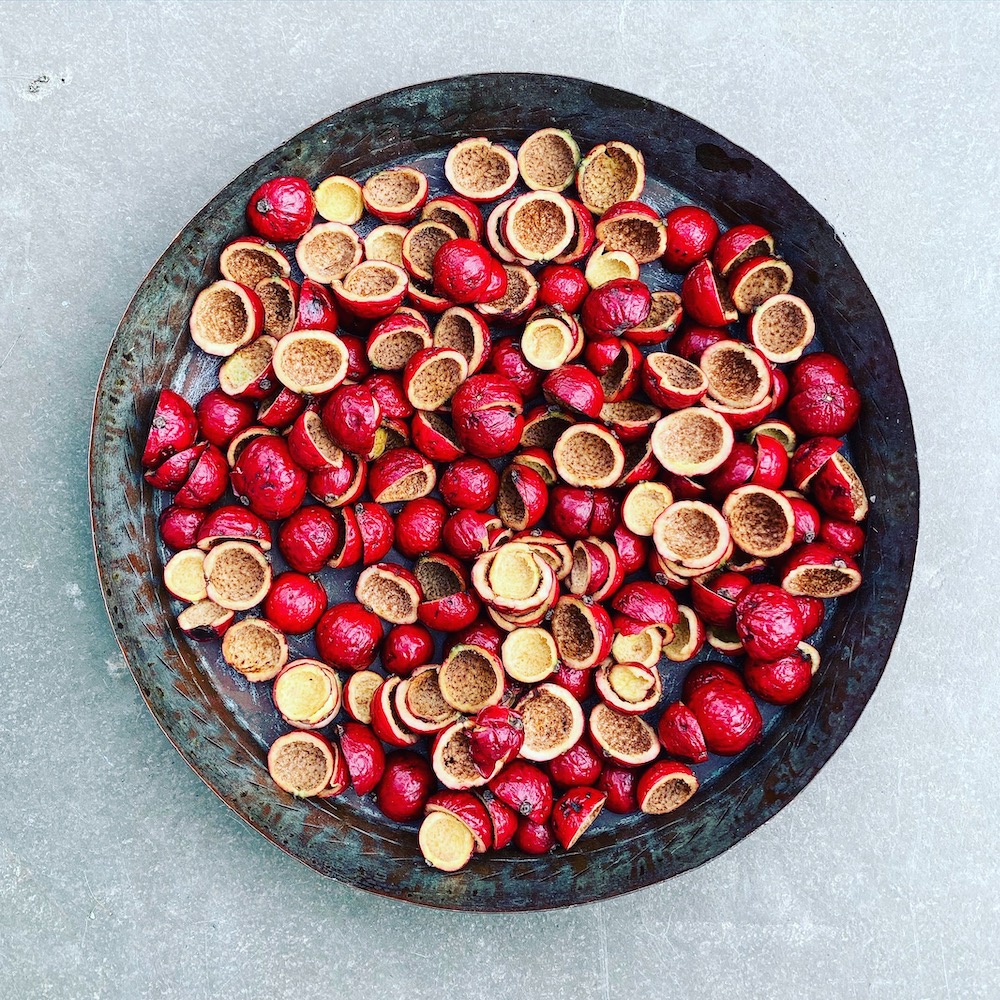
Nuts and spices are also great in everything from your Christmas pud, mince pies, pavlova to tins of shortbread for gifts.
Try these ones as a starter:
- Strawberry gum
- Peppermint gum
- Kunzea flower
- Lemon tea tree
- Cinnamon myrtle
- Anise myrtle
- Wattleseed
- Lemon myrtle
- Pepper berry leaf
- Geraldton wax
- Lemon aspen
- Sandalwood nuts
- Bunya nuts
- And obviously… the macadamia!

